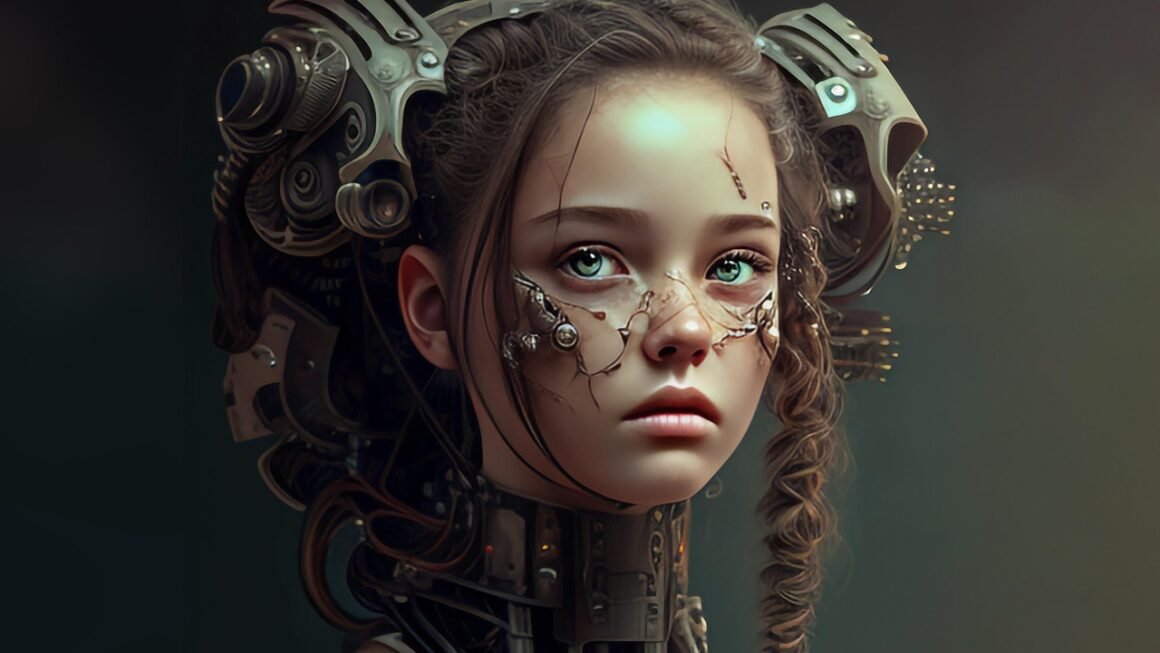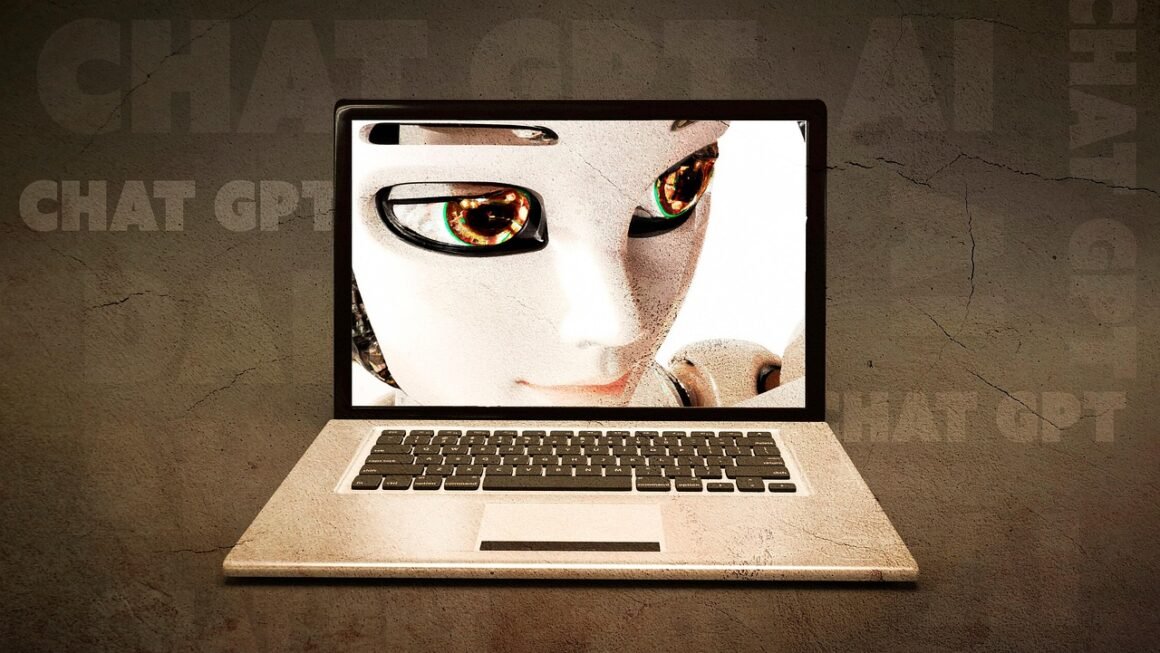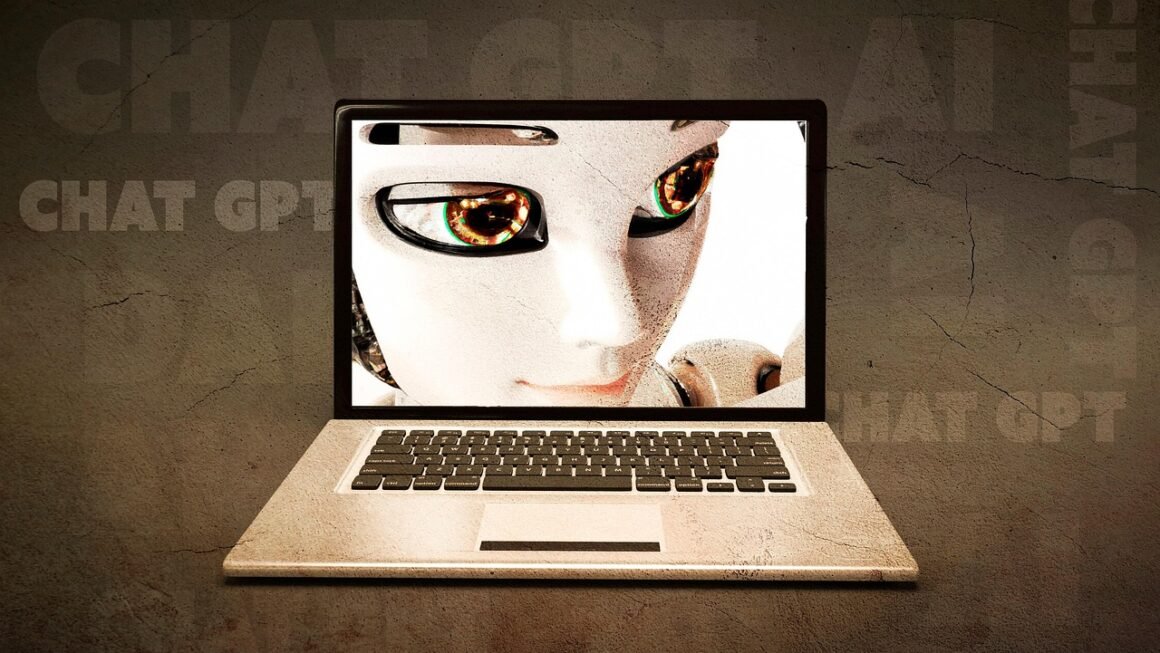Computer vision, once the realm of science fiction, is now a tangible and rapidly evolving field transforming industries from healthcare to autonomous driving. This technology empowers computers to “see” and interpret the world much like humans do, by analyzing digital images and videos. This capability unlocks a universe of possibilities for automation, enhanced analysis, and innovative applications.
What is Computer Vision?
Computer vision is an interdisciplinary field of artificial intelligence (AI) that enables computers to understand and interpret visual information. It involves developing algorithms and models that allow machines to automatically extract, analyze, and comprehend meaningful information from images and videos. Essentially, it’s about teaching computers to “see.”
The Core Concepts
- Image Acquisition: The process of capturing visual data using cameras, sensors, or other imaging devices. The quality and resolution of the acquired images significantly impact the performance of subsequent analysis.
- Image Preprocessing: Preparing the captured image data for further analysis. This might include:
Noise reduction
Contrast enhancement
Resizing
Color correction
- Feature Extraction: Identifying and extracting relevant features from the preprocessed images. These features can include edges, corners, textures, and other distinctive patterns.
- Object Detection: Identifying and locating specific objects within an image or video. Algorithms like YOLO (You Only Look Once) and SSD (Single Shot MultiBox Detector) are commonly used.
- Image Classification: Assigning a category or label to an entire image based on its content. Convolutional Neural Networks (CNNs) are the workhorses for this task.
- Image Segmentation: Dividing an image into multiple segments or regions, often based on object boundaries or semantic meaning.
- Object Tracking: Following the movement of specific objects across a sequence of video frames. Algorithms such as Kalman filters and optical flow are employed.
Key Statistical Insights
According to a report by Grand View Research, the global computer vision market size was valued at USD 17.30 billion in 2022 and is projected to reach USD 58.60 billion by 2030, growing at a CAGR of 16.5% from 2023 to 2030. This growth is fuelled by increasing demand across various industries, including healthcare, automotive, manufacturing, and retail.
Applications Across Industries
Computer vision has revolutionized many industries, providing new opportunities for efficiency, automation, and enhanced decision-making.
Healthcare
- Medical Imaging Analysis: Assisting radiologists in detecting anomalies in X-rays, MRIs, and CT scans. For example, computer vision algorithms can automatically detect tumors or fractures with high accuracy.
- Robotic Surgery: Providing surgeons with enhanced vision and precision during minimally invasive procedures. Computer vision can guide robotic arms with greater accuracy than human eyes alone.
- Drug Discovery: Analyzing microscopic images of cells and tissues to identify potential drug candidates and assess their efficacy.
Automotive
- Autonomous Driving: Enabling vehicles to perceive their surroundings, including pedestrians, other vehicles, traffic signs, and lane markings. Computer vision is at the heart of self-driving cars.
- Advanced Driver-Assistance Systems (ADAS): Providing features such as lane departure warning, automatic emergency braking, and adaptive cruise control.
- Traffic Monitoring: Analyzing traffic patterns to optimize traffic flow and improve road safety.
Manufacturing
- Quality Control: Automatically inspecting products for defects on production lines, ensuring consistent quality and reducing waste. Computer vision systems can detect even the smallest imperfections.
- Predictive Maintenance: Monitoring equipment for signs of wear and tear to predict potential failures and prevent costly downtime.
- Robotic Assembly: Guiding robots in performing complex assembly tasks with high precision and efficiency.
Retail
- Automated Checkout: Enabling customers to scan and pay for items without the need for human cashiers. Amazon Go stores are a prime example.
- Inventory Management: Tracking inventory levels in real-time using cameras and image recognition, preventing stockouts and optimizing shelf placement.
- Customer Behavior Analysis: Analyzing customer movement and interactions within stores to improve store layout and optimize product placement.
Core Technologies and Techniques
Several key technologies and techniques underpin the functionality of computer vision systems.
Convolutional Neural Networks (CNNs)
- CNNs are a type of deep learning neural network specifically designed for processing images. They are particularly effective at learning hierarchical representations of visual data, automatically extracting relevant features from raw pixels.
- Popular CNN architectures include:
AlexNet
VGGNet
ResNet
Inception
EfficientNet
- CNNs are used in a wide range of computer vision tasks, including image classification, object detection, and image segmentation.
Object Detection Algorithms
- These algorithms are designed to identify and locate specific objects within an image.
- YOLO (You Only Look Once): A real-time object detection algorithm known for its speed and accuracy.
- SSD (Single Shot MultiBox Detector): Another popular object detection algorithm that balances speed and accuracy.
- Faster R-CNN (Faster Region-based Convolutional Neural Network): A two-stage object detection algorithm that first proposes regions of interest and then classifies them.
Image Segmentation Techniques
- Image segmentation techniques divide an image into multiple segments or regions, often based on object boundaries or semantic meaning.
- Semantic Segmentation: Assigning a class label to each pixel in an image.
- Instance Segmentation: Detecting and delineating each individual object instance in an image.
- Popular segmentation architectures include:
U-Net
Mask R-CNN
Challenges and Future Directions
Despite the remarkable progress made in computer vision, several challenges remain.
Data Requirements
- Deep learning models, which are the backbone of modern computer vision, require massive amounts of labeled data to train effectively. Obtaining and labeling this data can be costly and time-consuming.
- Solution: Techniques like data augmentation, transfer learning, and self-supervised learning are being developed to reduce the reliance on large labeled datasets.
Bias and Fairness
- Computer vision algorithms can perpetuate and amplify biases present in the training data, leading to unfair or discriminatory outcomes.
- Solution: Careful attention must be paid to data collection and model evaluation to ensure fairness and mitigate bias.
Robustness
- Computer vision systems can be vulnerable to adversarial attacks, where subtle perturbations to an image can cause the system to make incorrect predictions.
- Solution: Research is ongoing to develop more robust and resilient algorithms that are less susceptible to adversarial attacks.
Ethical Considerations
- The widespread deployment of computer vision raises ethical concerns about privacy, surveillance, and the potential for misuse.
- Solution: Clear ethical guidelines and regulations are needed to ensure that computer vision technology is used responsibly and ethically.
- Future Directions: The field of computer vision continues to evolve rapidly. Future research directions include:
- Explainable AI (XAI): Developing algorithms that can explain their decisions in a human-understandable way.
- 3D Computer Vision: Enabling computers to understand and reason about the 3D world.
- Edge Computing: Deploying computer vision algorithms on edge devices, such as smartphones and cameras, to enable real-time processing and reduce latency.
Conclusion
Computer vision is a powerful and transformative technology with the potential to revolutionize numerous industries. While challenges remain, ongoing research and development are paving the way for even more sophisticated and impactful applications. As the technology continues to mature, we can expect to see computer vision playing an increasingly important role in our lives, shaping the future of automation, healthcare, transportation, and beyond.



